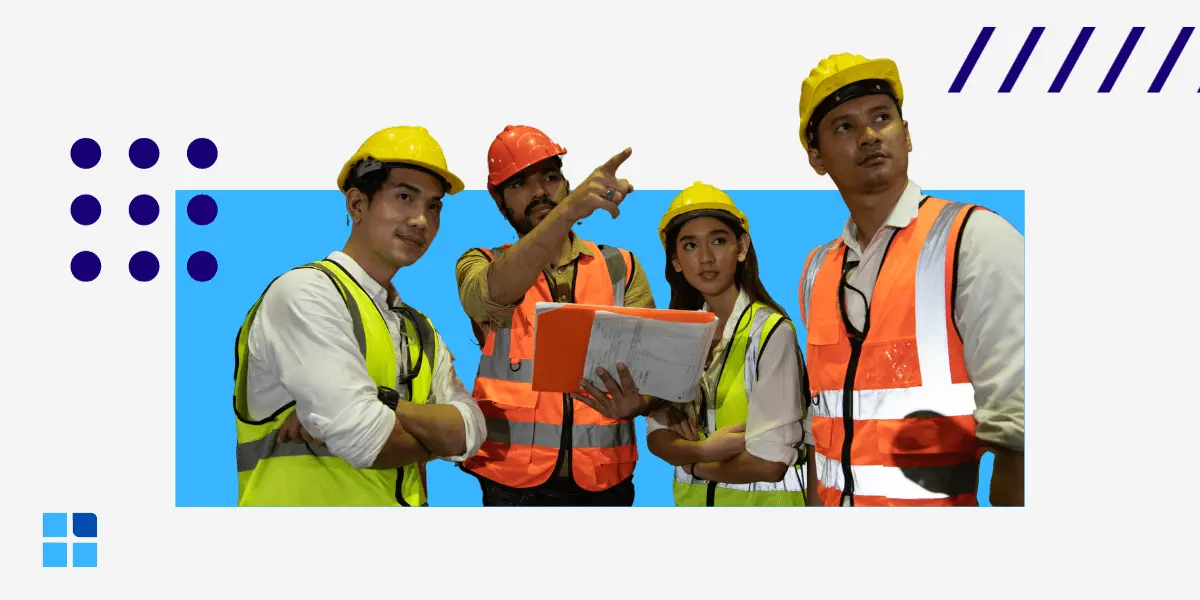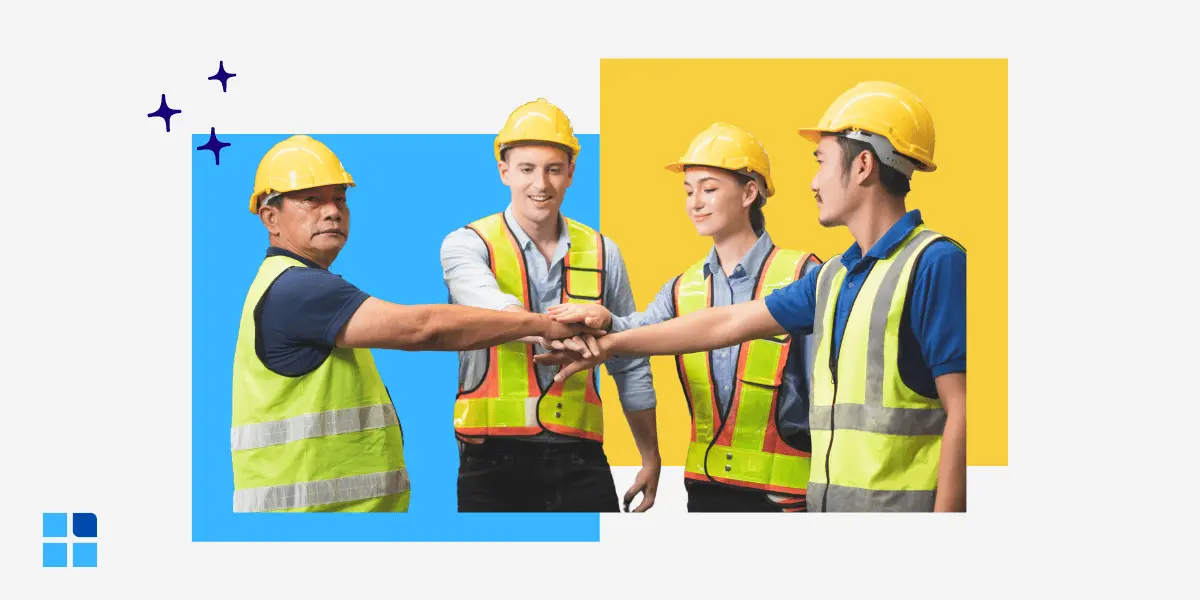Employee Engagement Tactics Used by Top Leaders
Employee engagement results from a positive employee experience. When the experience is in line with the company’s values, mission, and vision, the employee is more likely to be involved at all levels of the organization. A strong sense of belonging and a profound connection to the organization are essential for an employee. People look for workplaces that have room for employees to clearly express their thoughts and opinions. Gallup defines employee engagement as the involvement and enthusiasm of employees in their work and workplace. The need to develop great Employee Engagement tactics by the leaders of different industries has soared over time to maintain their position on the top.
However, organizations need to consistently upgrade their strategies to keep the employees invested, especially post pandemic. It became ever more crucial for companies to think of tactics to keep the workforce engaged and satisfied while working remotely. Whenever businesses are faced with unanticipated challenges like Covid-19, their desire to stay connected with their employees and clients increases which emerges from the fear of losing either. It is also a great opportunity to show that they care.
Given below are some examples from world’s 8 leading organizations to keep the employees motivated and satisfied even during the unforeseen scenarios:
Amazon
No business can understand the importance of empowering the employees better the tech mammoth, Amazon, with over 1.6 million employees.
Amazon employees begin each day by responding to a question that appears on their computer displays. The questions are often relevant to their jobs, and they can cover anything from their opinions of their bosses to the duration of meetings to how frequently they’ve had encouraging comments in the previous week. Sometimes, the questions can get less formal such as asking about how crowded bathrooms can get. This everyday Q&A program is called Connections which started back in year 2017 and is known to be one of the most effective HR programs. It was accompanied by another program named Forte, that assessed the employees’ strengths and simplified the review process. Forte received more
recognition from employees compared to Connections.
Alphabet Inc.
In year 2019, Alphabet, parent company of Google was ranked first on Forbes Global 2000 list of World’s Best employers followed Microsoft. It was ranked No.1 place to work for the third time in a row. The company believes that recruiting and retaining the talent is its competitive advantage. The decisions related to management of people defines their success.
In 2006, Google became the first company to introduce transferable stocks option program for its employees. Today, we know many companies who have taken an example from them and have launched the same program for the benefit of their employees. Google’s Co-founder Sergey Brin
states that each innovator is a bedrock for the company, and it is important to nurture innovation through people management practices like employment security, flat organization structure, and best benefits. As a leading technology company, google continuously improves its employee engagement tactics to rank among the best workplaces.
Mastercard
Mastercard is known for its warm and welcoming environment. Employees take pride in helping others and growing together as one unit. Employees always want to take up jobs that are fulfilling in terms of growth, sense of belonging and recognition for their work. Both Mastercard and Intuit Inc. emphasize career planning for staff members and internal promotion. As soon as one year after entering the company, Mastercard gives its workers the chance to develop their talents through job rotation. Employees can either themselves or with the help of the company seek out opportunities and acquire the skills they need to further their careers.
Similarly, Insiders fill 28% of Intuit’s job openings. According to 2018 reports, 82% of the employees at Intuit agreed that they felt like they belonged to the company.
Salesforce

There are companies that thrive at their employee engagement methods, and as a result, their levels of engagement have increased significantly. Salesforce is one such business. The company, according to its employees, adheres to “Aloha Culture” that values wellness, customer satisfaction, innovation, winning as a team, fun, and giving back. It is a commitment to accepting the employees and giving dignity to who they are and what they have to offer. This employee engagement tactic focuses on making the company a fun place to work.
Starbucks
Business giants keep evolving their business tactics to keep the employees motivated. After a growing number of firms who are paying the employees for the time-off, one such new strategy that has sprung up is paying them to volunteer.
In 2018, Starbucks launched a 6-month pilot program, where 36 employees from 13 cities will be allowed half week’s paid time – off to work in selected non-profit-organizations. This program was organized in association with Points of Light, a non-profit volunteer organization. The whole event was funded by Starbucks Foundation. The employees got the opportunity to contribute to the community.
Ikea
Ikea leveraged the Ikea Effect program to strengthen the employee engagement in the company. They call Ikea effect a cognitive bias that describes a fascinating human behavior. Employees adapt an idea or a change when they are a part of it. The efforts are aligned to bringing change through employees.
Employees actively take the initiative to create or construct the solution, or at the very least, to contribute in some little way. Through this ‘Transfer of Ownership’ phenomenon, the company tries to bring continuous improvement in its processes. Additionally, it helps in engaging the employees who take privilege in owning the solution through its startling employee entailment tactic.
Pepsi Co.
PepsiCo makes sure they’re giving their employees the best experience possible by always listening to what they have to say. Their key cultural principles, known as The PepsiCo Way, incorporate employee involvement at every stage. As a result, they can develop a stronger and better company. Some of their channels that are designed to incorporate employee feedback include:
Organizational Health Survey (OHS), a census survey conducted yearly to determine how committed and engaged employees are to PepsiCo.
Employee Confidence Index (ECI), a sampling-based, three-times-per-year pulse check on employee engagement and confidence.
They gauge employee experience and engagement during critical phases of the employee life cycle using life cycle surveys.
In addition to these programs, PepsiCo also involves their employees in projects like ‘Have a Say’ and ‘The Big Idea’. These projects encourage employees to voice out their opinions for companies’ continuous improvement
Southwest Airlines
In 2014, Southwest Airlines officials decided it was time to update their outdated uniforms. Instead of bringing in an outside designer, they invited staff members from all divisions. Participation was open to everyone who wanted to offer ideas and proposals for the new uniform. Numerous thousands of people expressed interest, out of which the company shortlisted forty-five employees.
These chosen workers collaborated on designing the new uniforms during weekly meetings held in Chicago and Dallas for 19 months. As a result, came out a more daring, fashionable, and practical outfit for the staff. The employees consider it an ‘unforgettable experience’.
Why is it important to implement Employee Engagement strategies?
When employees feel that their opinion matters in the company, they see their future in the organization. People are no longer satisfied with regular perks that everyone gets; they want to be recognized for that something extra that they did. Successful implementation of employee engagement tactics leads to improved employee retention rate. It is equally important for all sized businesses to enforce employee engagement plans at different levels of the organizations.
References:
Employee Engagement & The IKEA Effect – DecisionWise (decision-wise.com)
Amazon employee reaction to HR programs Connections, Forte (cnbc.com)
Salesforce Engaging Employees in the Aloha Culture (bc.edu)
Southwest Airlines: A Case Study in Employee Engagement (entrepreneur.com)
Employee Engagement (pepsico.com)
Why Perks No Longer Cut It for Workers – WSJ
World’s Best Employee Engagement Strategies – Google | Empuls
Paying employees to volunteer could be key to keeping millennial staff | Gene Marks | The Guardian
Free Stock Photos, Royalty Free Stock Images & Copyright Free Pictures · Pexels





